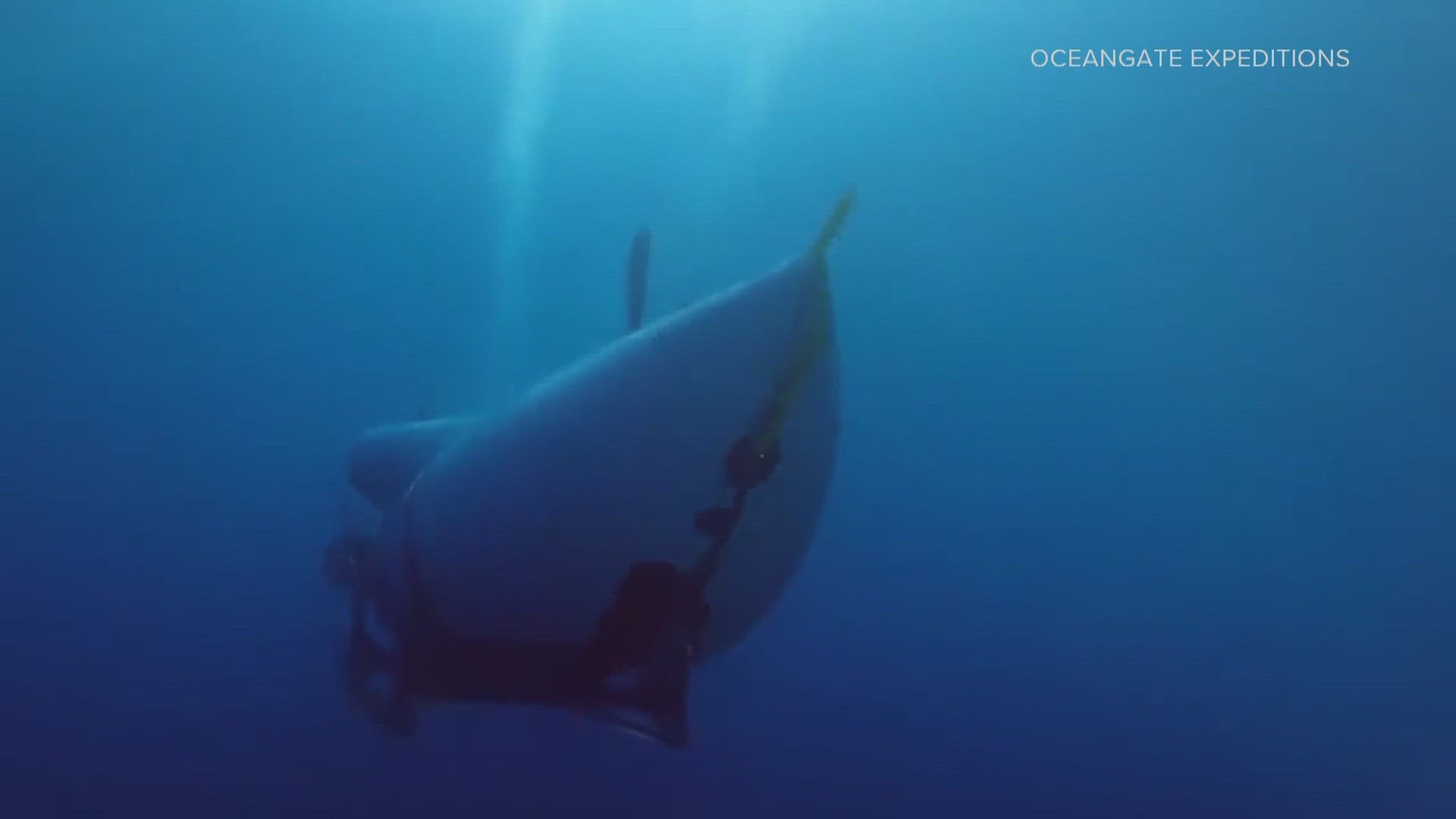WASHINGTON — As an international search continued for a vessel that disappeared after setting out for the underwater wreckage of the Titanic, a man who was one of the submersible company’s first customers characterized a dive he made to the site two years ago as a “kamikaze operation.”
“You have to be a little bit crazy to do this sort of thing,” said Arthur Loibl, a 61-year-old retired businessman and adventurer from Germany.
Loibl told The Associated Press on Wednesday that he first had the idea of seeing the Titanic wreckage while on a trip to the South Pole in 2016. At the time, a Russian company was offering dives for half a million dollars.
After Washington state-based OceanGate announced its own operation a year later, he jumped at the chance, paying $110,000 for a dive in 2019 that fell through when the first submersible didn’t survive testing.
Two years later he went on a voyage that was successful, along with OceanGate CEO Stockton Rush, French diver and Titanic expert Paul-Henri Nargeolet and two men from England.
“Imagine a metal tube a few meters long with a sheet of metal for a floor. You can’t stand. You can’t kneel. Everyone is sitting close to or on top of each other,” Loibl said. “You can’t be claustrophobic.”
During the 2.5-hour descent and ascent, the lights were turned off to conserve energy, he said, with the only illumination coming from a fluorescent glow stick.
The dive was repeatedly delayed to fix a problem with the battery and the balancing weights. In total, the voyage took 10.5 hours.
The group was lucky and enjoyed an amazing view of the wreck, Loibl said, unlike visitors on other dives who only got to see a field of debris or in some cases nothing at all. Some customers lost nonrefundable payments after bad weather made descent impossible.
He described Rush as a tinkerer who tried to make do with what was available to carry out the dives, but in hindsight, he said, “it was a bit dubious.”
“I was a bit naive, looking back now,” Loibl said. “It was a kamikaze operation.”


The OceanGate submersible carrying Rush, Nargeolet, a British adventurer and two members of a Pakistani business family disappeared Sunday after setting out for the wreckage of the famed ship, which struck an iceberg and sank in 1912, killing all but about 700 of the roughly 2,200 passengers and crew.
Newly uncovered allegations suggest that significant safety warnings were made during development of the submersible, dubbed the Titan.
The U.S. Coast Guard has been leading the search. Aircraft detected underwater noises Tuesday and Wednesday, but officials were not sure what caused them.
How deep is the Titanic?
Even if the Titan is located in the North Atlantic, it could be nearly impossible to reach if it is stuck on the ocean floor at roughly 12,500 feet (3,800 meters) near the Titanic's wreckage.
The U.S. Navy is sending a specialized salvage system that’s capable of hoisting “large, bulky and heavy undersea objects such as aircraft or small vessels” in the hopes that the Titan will be found.
The Titan weighs 20,000 pounds (more than 9,000 kilograms). The U.S. Navy’s Flyaway Deep Ocean Salvage System is designed to lift up to 60,000 pounds (27,215 kilograms), the navy said on its website.
The Flyaway has a traction winch as well as a system that prevents “high-snap tension” from occurring in the lift line.

